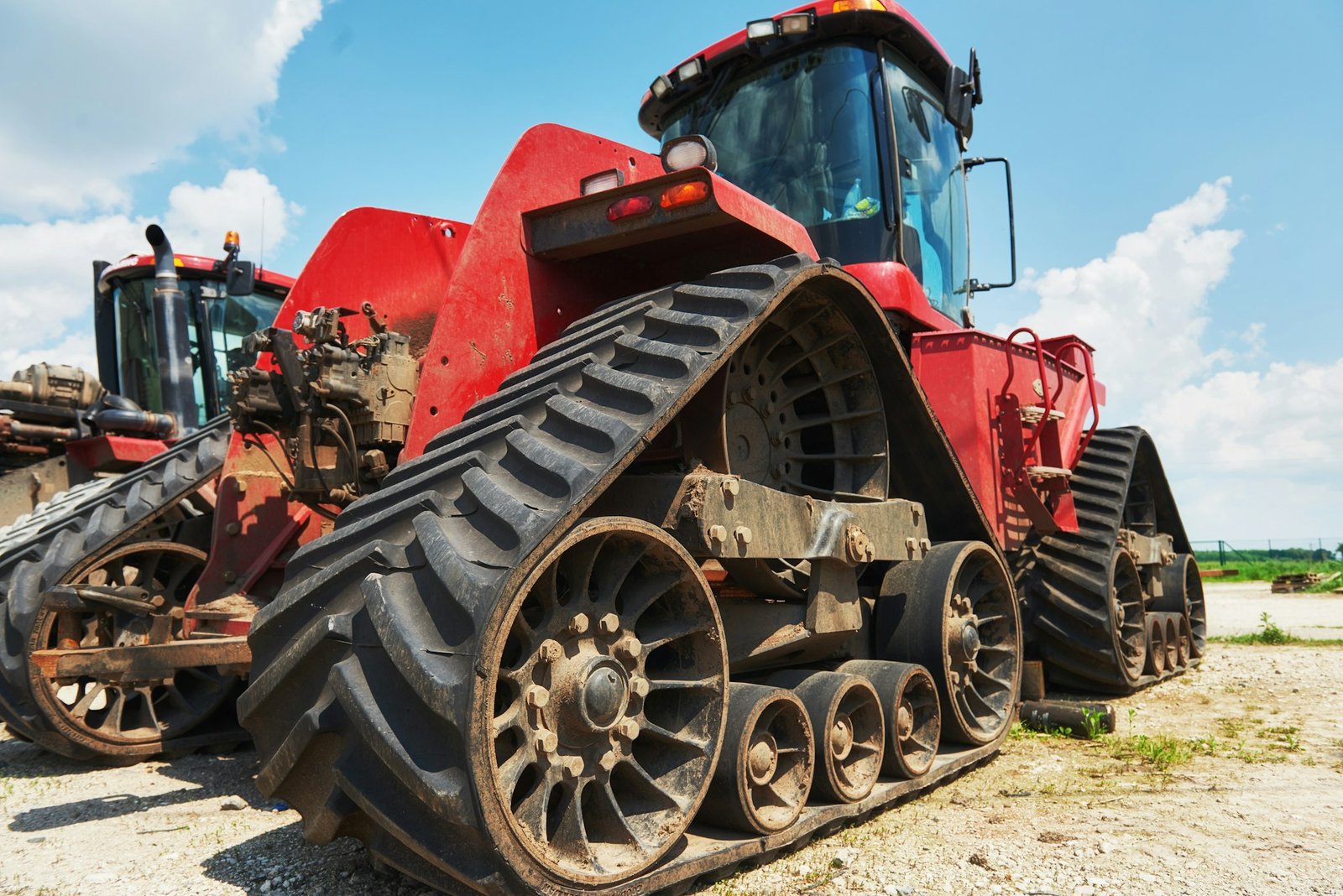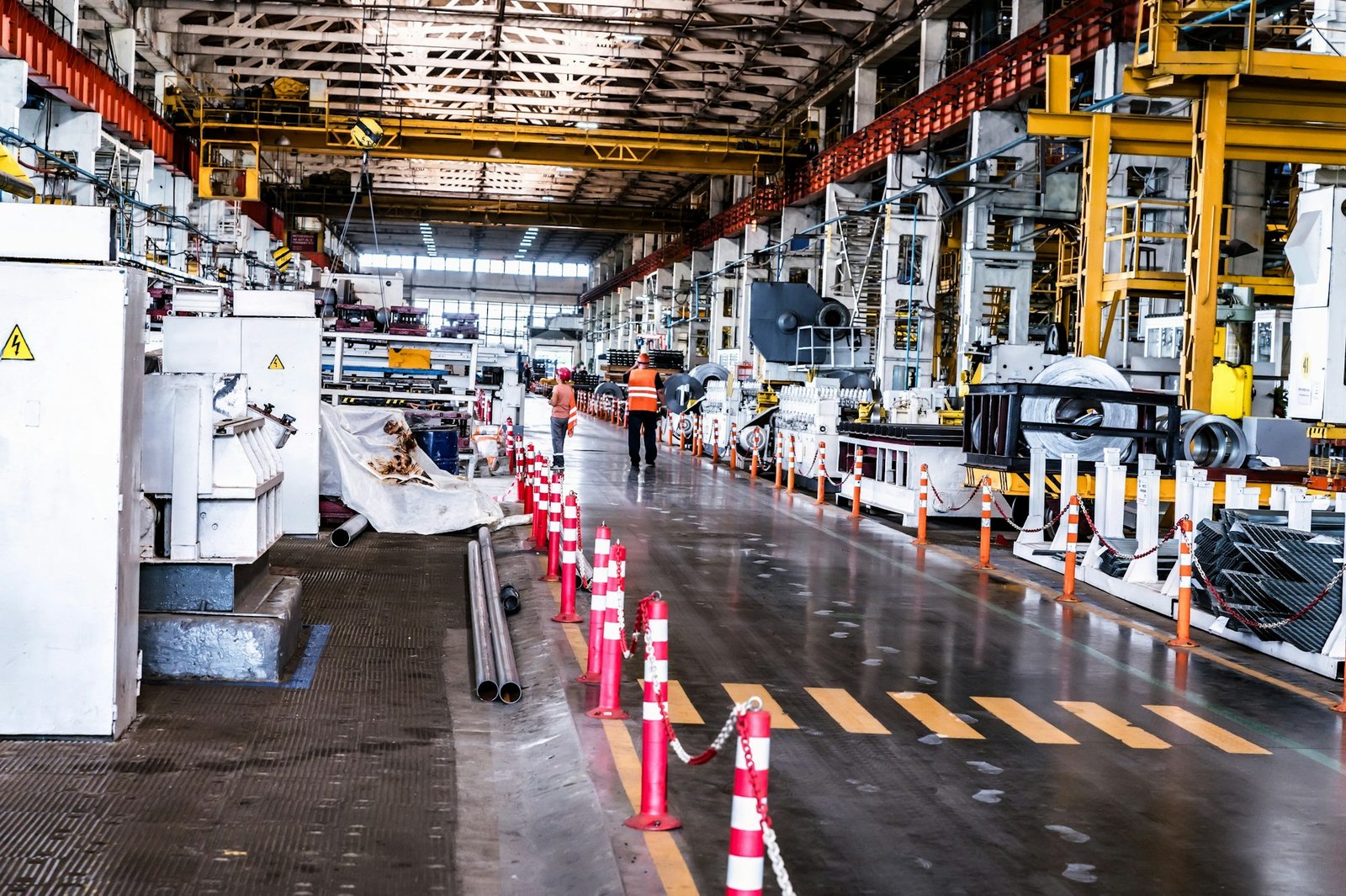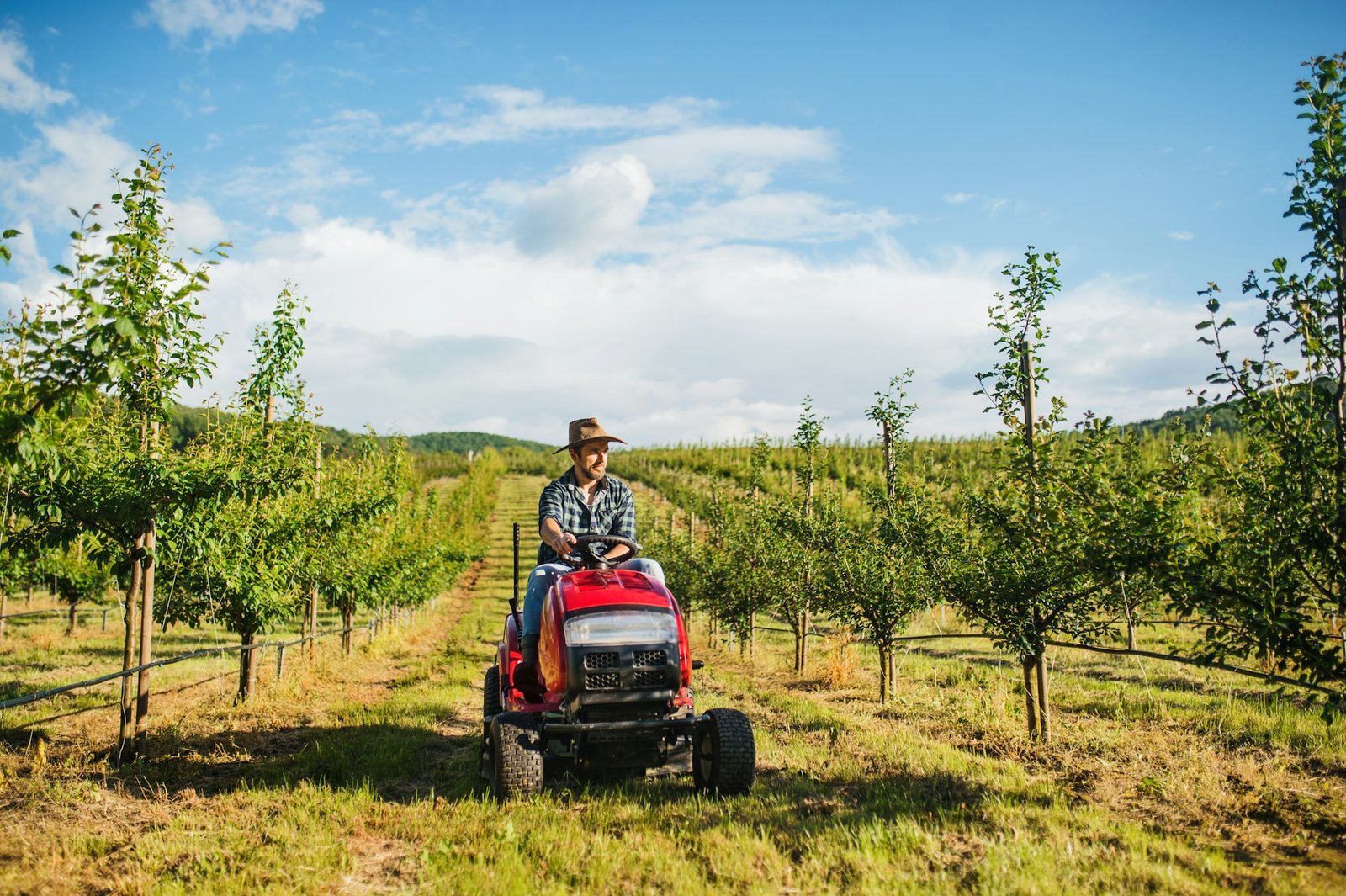In the world of agricultural machinery, especially tractors, the front axle shaft is a crucial component that bears significant load and stress during operations.
Ensuring its durability and resistance to corrosion is paramount for the longevity and efficiency of the machinery.
One of the key factors in achieving this is through effective coating technologies. This article provides a comprehensive analysis of various coating methods, evaluating their strengths and weaknesses to help you make an informed decision on which is best for your needs.
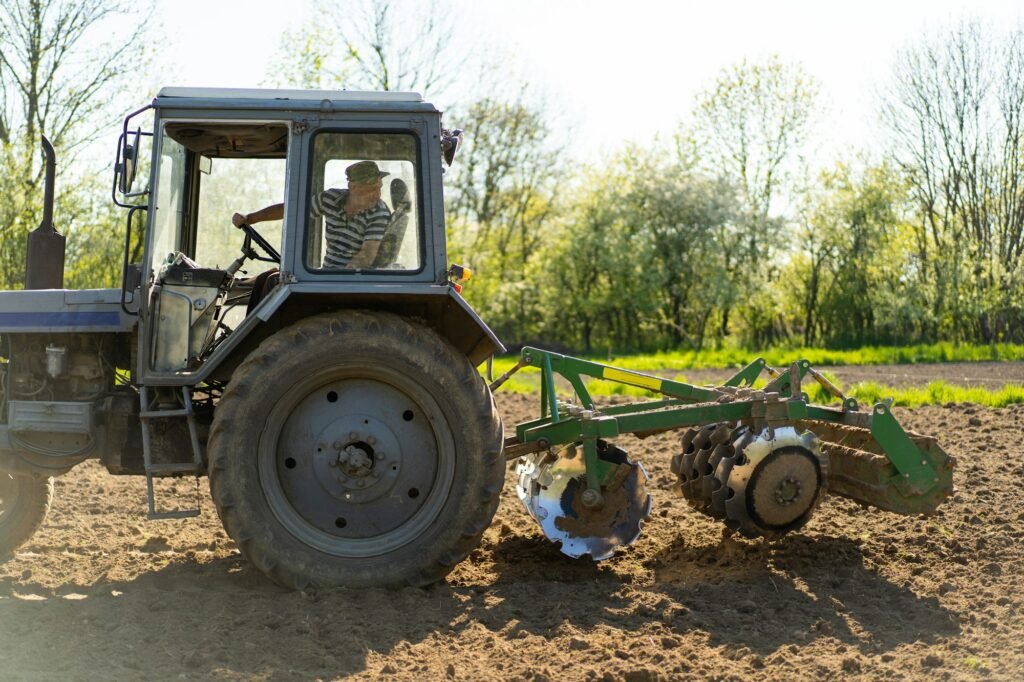
Q1: What are the common coating technologies for front axle shafts?
A1: The most prevalent coating technologies include electroplating, powder coating, thermal spraying, and anodizing.
Each method has its unique process and materials used, affecting the overall durability, corrosion resistance, and cost-effectiveness of the axle shaft.

Q2: How does electroplating enhance front axle shafts?
A2: Electroplating involves applying a thin layer of metal, such as zinc or nickel, onto the surface of the shaft through an electrical current. This method offers excellent corrosion resistance and increases surface hardness.
However, its effectiveness can be limited by the uniformity of the coating thickness, especially in parts with complex shapes.

Q3: What advantages does powder coating offer?
A3: Powder coating applies a free-flowing, dry powder that is cured under heat to form a skin-like protective layer. It is known for its environmental friendliness, providing a thick, uniform coat without the use of solvents.
Powder coating is highly resistant to chipping, fading, and scratching, though it may be less effective against corrosion compared to methods like electroplating.

Q4: Can thermal spraying effectively protect front axle shafts?
A4: Thermal spraying coats the shaft with metallic or non-metallic materials using a heat source to melt and spray the coating material onto the surface.
This technique offers excellent protection against wear and corrosion, and it is highly versatile in terms of the materials that can be used. However, the bond strength to the substrate and the porosity of the coating can be potential downsides, depending on the specific application requirements.

Q5: How does anodizing work, and what are its benefits?
A5: Anodizing involves enhancing the natural oxide layer on aluminum components through an electrochemical process, creating a durable, corrosion-resistant surface.
This method is especially suitable for aluminum axle shafts, providing a hard, protective layer that is also aesthetically pleasing. However, it is limited to aluminum and its alloys, which can be a significant limitation.
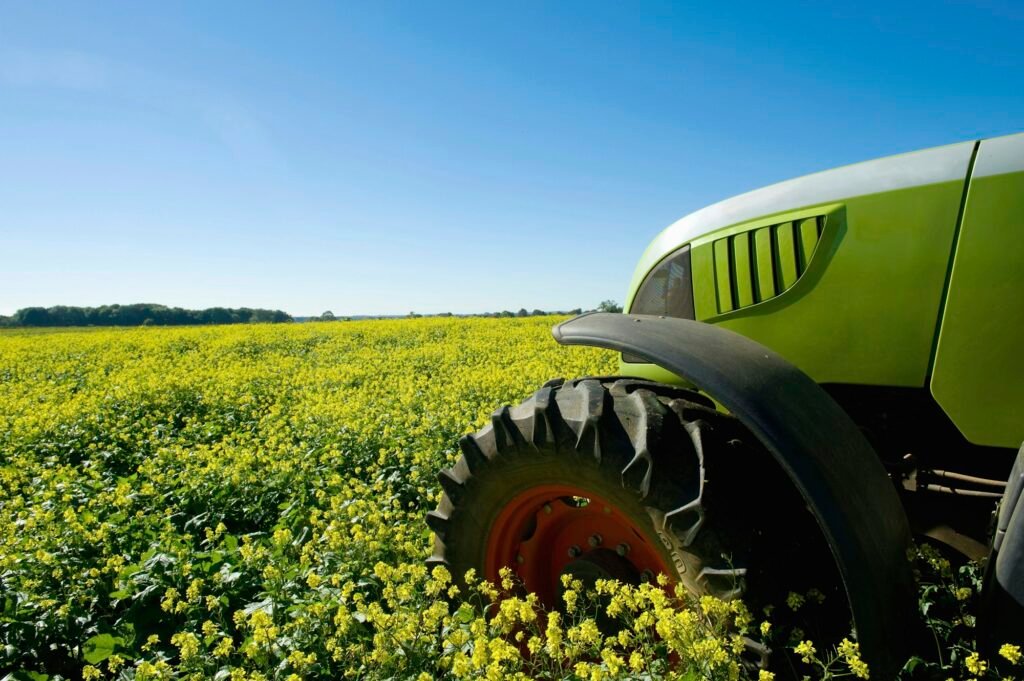
Q6: What factors should be considered when choosing a coating technology?
A6: Key considerations include the material of the front axle shaft, environmental conditions it will be exposed to, expected lifespan, mechanical wear and stress, and, importantly, budget constraints.
The chosen technology should offer the best balance of durability, corrosion resistance, and cost-effectiveness for the specific application.
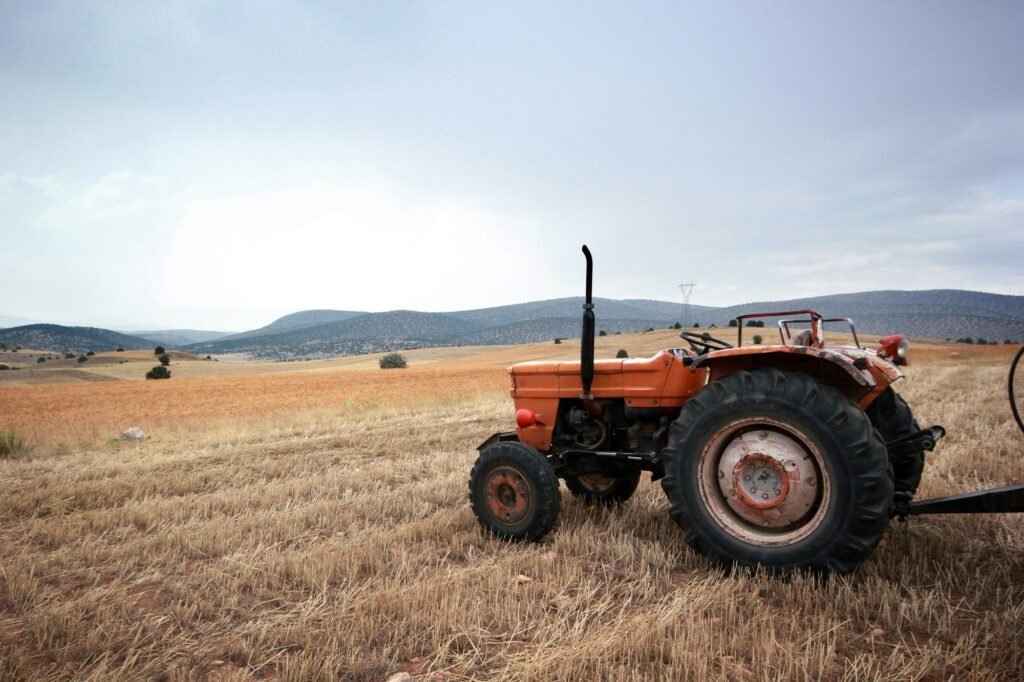
Q7: How do these coating technologies impact the maintenance and lifespan of front axle shafts?
A7: Properly coated axle shafts generally require less maintenance, have a longer lifespan, and are more resilient to harsh environmental conditions.
The right coating can significantly reduce the risk of corrosion and wear, leading to fewer replacements and repairs over the lifespan of the agricultural machinery.

Q8: Are there any emerging coating technologies?
A8: Yes, innovations in nanocoatings and composite materials are opening new possibilities for even greater durability and corrosion resistance.
These advanced technologies promise thinner, more durable coatings with enhanced performance characteristics, though they may come at a higher cost.

Q9: How do these technologies compare in terms of environmental impact?
A9: Environmental impact varies significantly across technologies. Powder coating is known for its minimal environmental footprint, as it produces fewer volatile organic compounds (VOCs) compared to traditional liquid coatings.
Electroplating and thermal spraying can have higher environmental impacts due to the use of heavy metals and high energy consumption, respectively. It’s crucial to consider these factors, especially for companies committed to sustainable practices.

Q10: What is the best front axle shaft coating technology?
A10: The “best” technology depends on specific requirements, including the material of the shaft, operational environment, performance expectations, and budget.
For aluminum shafts, anodizing might be the optimal choice, while steel shafts might benefit more from electroplating or thermal spraying, depending on the exact needs for durability and corrosion resistance.
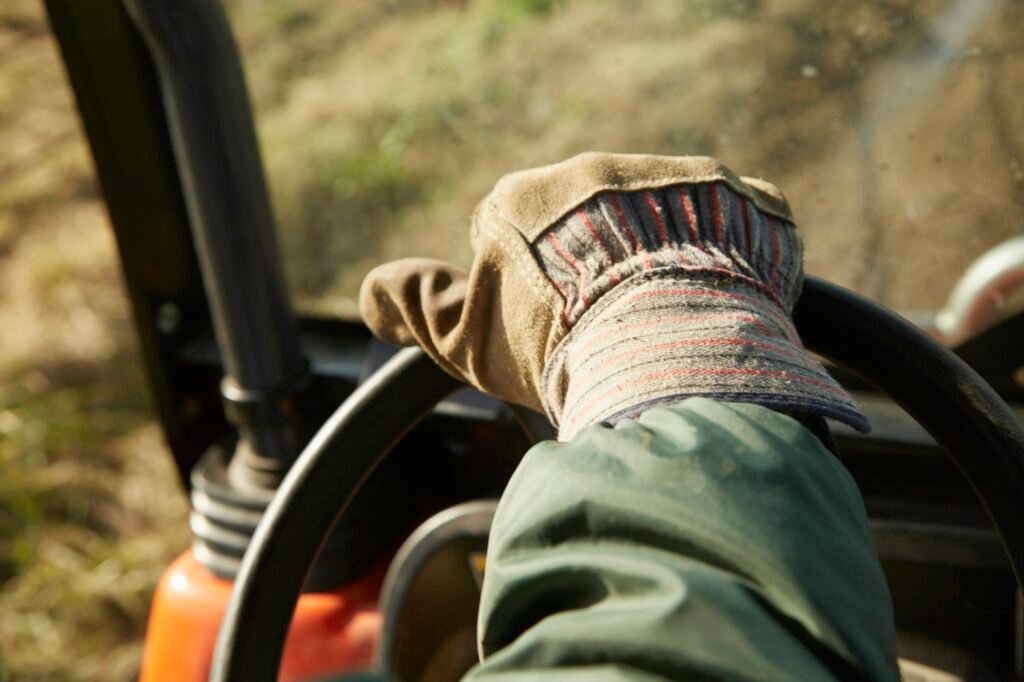
Conclusion
Choosing the right coating technology for front axle shafts is a critical decision that affects the performance, durability, and cost-effectiveness of agricultural machinery.
By carefully evaluating the available options and considering specific operational requirements, manufacturers and suppliers can ensure that their products meet the highest standards of quality and reliability.
As advancements in coating technologies continue to evolve, staying informed about the latest developments will be key to maintaining a competitive edge in the agricultural machinery market.
This comparative analysis aims to provide a clear understanding of the strengths and weaknesses of various front axle shaft coating technologies, empowering you to make the best decision for your needs.

